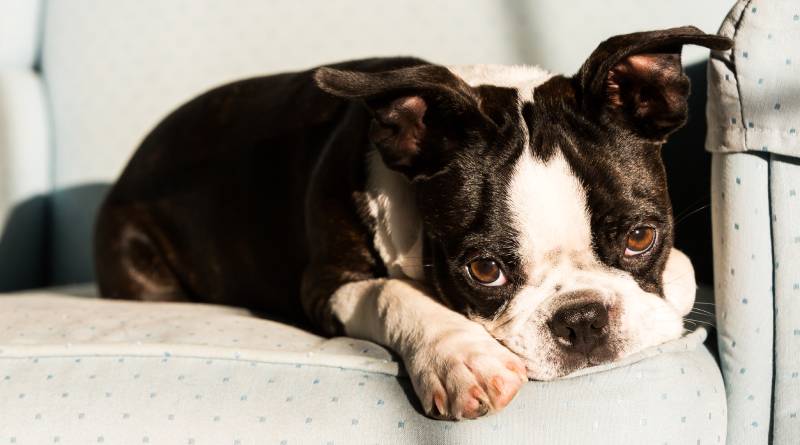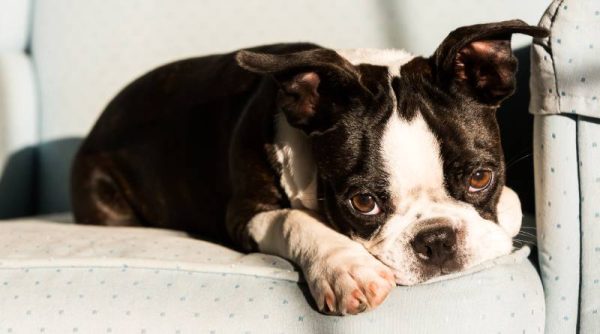If you’re a dog parent, you might wonder what exactly cherry eye is and how it affects dogs, and then you might worry that your own dog might be a breed prone to this condition. A dog with cherry eye looks like they have a swollen red lump in the corner of one or both of their eyes, near the nose or muzzle. This is because the third eyelid gland has popped out and is protruding over the edge of the third eyelid.
Other names for cherry eye are third eyelid gland prolapse or nictitans gland prolapse.
This list has 16 breeds that are the most prone to cherry eye. While all dogs are technically capable of getting this condition, it’s more common in these breeds.
The 16 Dogs Prone to Cherry Eye
1. American Cocker Spaniel

The American Cocker Spaniel, called as such to differentiate them from the English Cocker Spaniel, is a popular family dog that is intelligent, gentle, and energetic.
They were originally bred for hunting but have proven themselves to be wonderful companions.
2. Beagle

Beagles are lively and friendly dogs famous for their merry dispositions. They are hounds bred for hunting but make excellent family dogs and companions.
If you’re looking for an energetic, happy, and loving dog, the Beagle may be for you.
3. Bloodhound
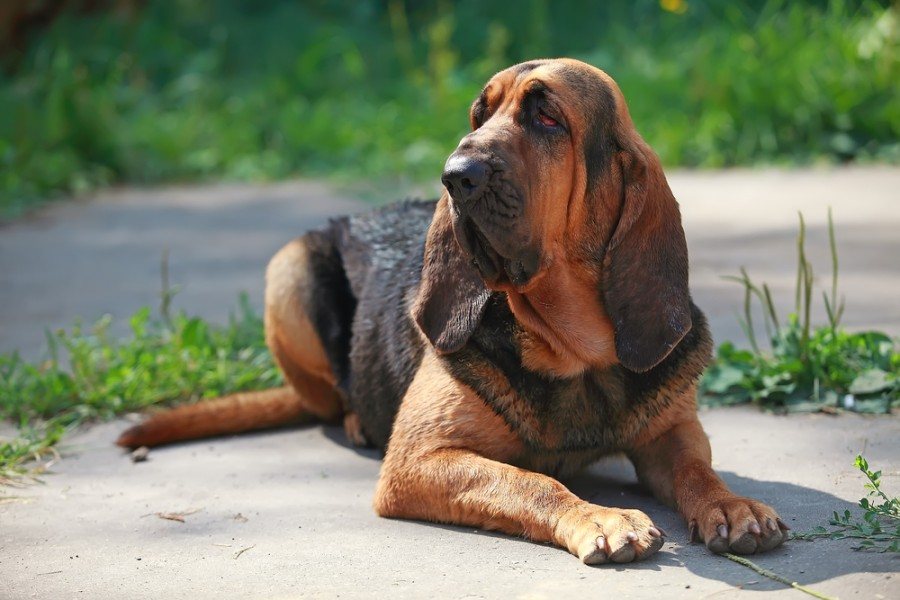
The Bloodhound is famous for their amazing sense of smell, which is where they got the persona of “sleuth hound.”
Bloodhounds are curious, independent, and stubborn. Once they catch a scent, they are incredibly determined and relentless.
4. Boston Terrier
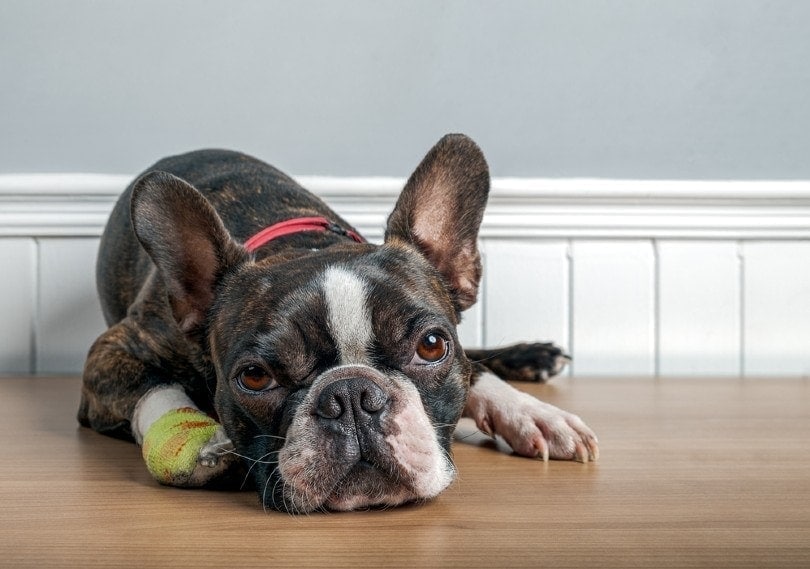
Boston Terriers, with their adorable tuxedo coats, are charming, friendly, and affectionate little dogs. They are perfect urban pets with a jaunty walk and enjoy meeting people wherever they go.
5. Bulldog
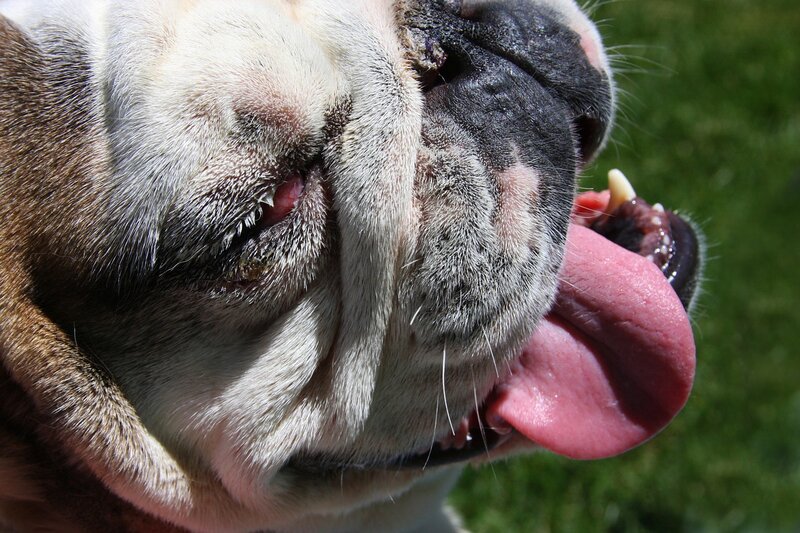
The Bulldog here is both the English and British Bulldog. These dogs are courageous but generally calm and friendly, and they will get in as many snuggles as they can.
Bulldogs were originally bred for barbaric sports like bull baiting (which is where they got their name), which is now outlawed.
6. Cane Corso

The Cane Corso is a large breed that is affectionate, intelligent, and devoted. They make excellent guard dogs and are confident but can be willful.
This breed needs a strong owner with experience to help reign in their assertive temperament.
7. Chinese Shar-Pei

The Chinese Shar-Pei has a one-of-a-kind appearance: wrinkled skin and a blue-black tongue. They are calm and loyal dogs but are often wary of other dogs and strangers.
It’s believed their ancestry goes back over 2,000 years in ancient China, where they were used as hunting, herding, and guard dogs.
8. French Bulldog
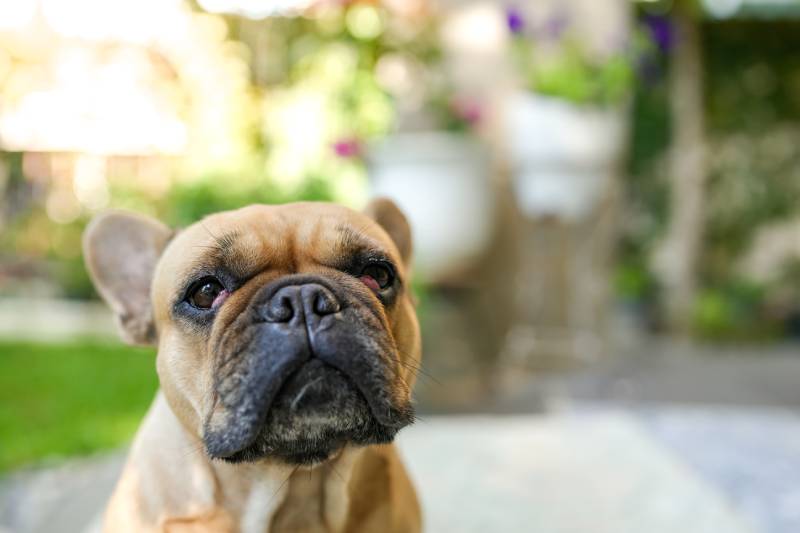
French Bulldogs are instantly recognizable due to their adorable large bat ears. These small dogs have recently become the number-one most popular dog in the States.
They are playful, affectionate, and smart dogs that usually get along well with other animals and people.
9. Great Dane
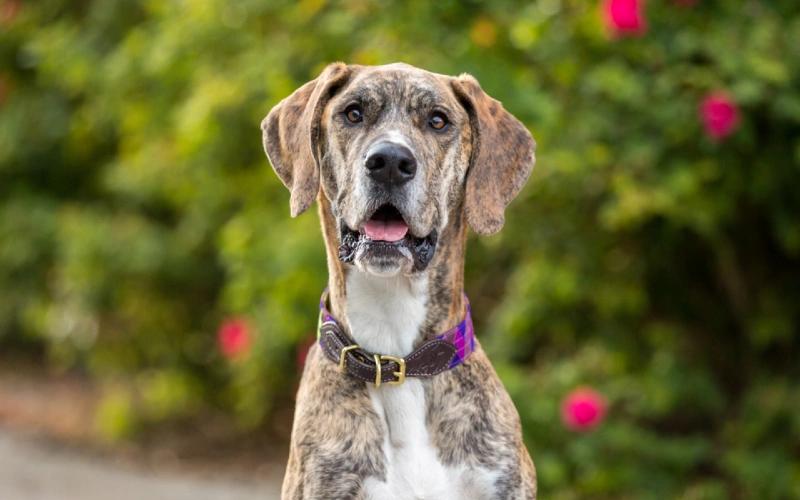
The Great Dane is one of the tallest breeds and is famous for their height and their cartoon counterpart, Scooby-Doo! These giant dogs wish they were lap dogs.
They are loving, loyal, and dependable and make excellent guard dogs, but they are also excellent for families.
10. Lhasa Apso

The Lhasa Apso is an ancient Tibetan breed that can act like a little goofball with their family but be aloof around strangers. They are famous for their floor-length coat and plumy tail that curls over their back.
Lhasa Apsos are intelligent and confident dogs that are affectionate but recommended for families with older children.
11. Neapolitan Mastiff
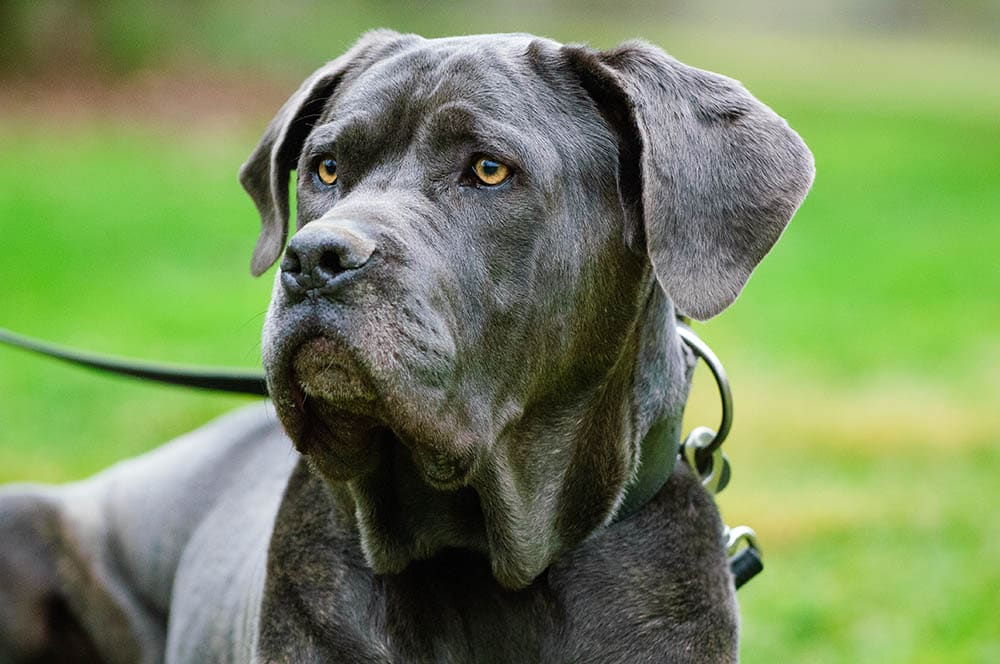
The Neapolitan Mastiff is a massive dog with folded skin that originally acted as a guard dog in ancient Rome. This can mean they are more wary of strangers, but they are sweet and calm dogs with their families.
This breed needs an experienced owner who doesn’t mind having drool on everything in the home!
12. Newfoundland
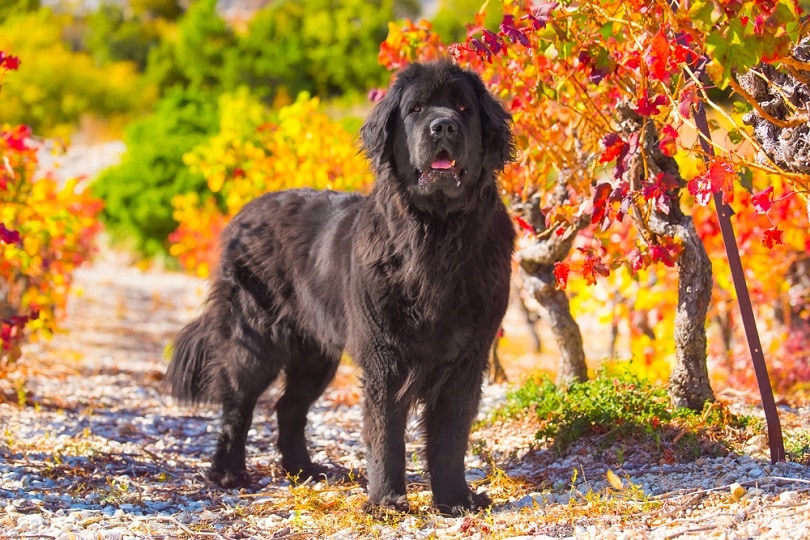
The Newfoundland is a large breed that is devoted and sweet and has plenty of patience. They are sometimes known as “nanny dogs” because of their patient yet watchful nature around children.
They hail from Canada as working dogs for fishermen, so they love the water and are gentle and easy to train.
13. Pekingese
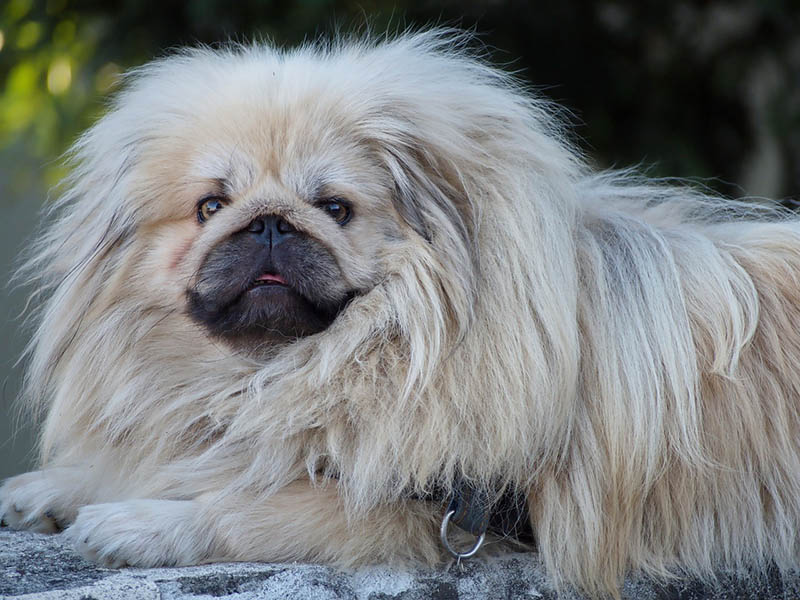
Pekingese come from ancient China as royal lap dogs with a striking lion’s mane of hair. These dogs are independent but affectionate, charming, and devoted.
This breed will best suit a home with older children and isn’t known to be a barker unless they are alerting you to something.
14. Pug
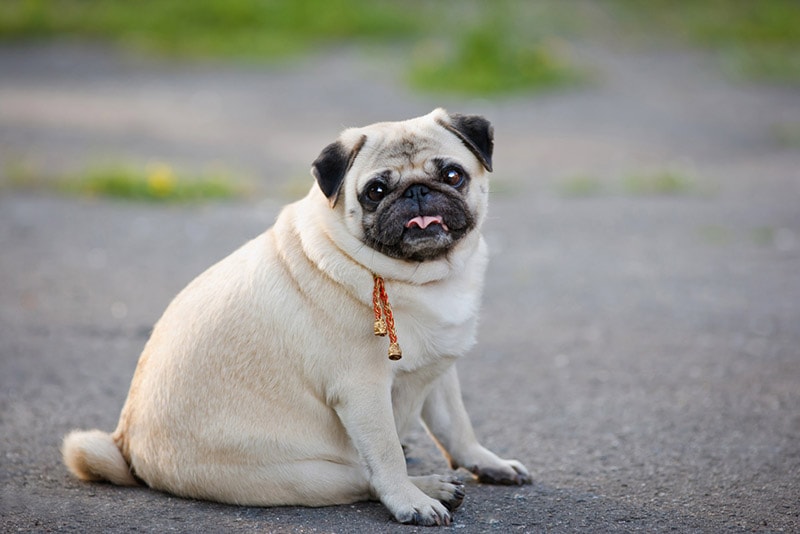
The Pug practically needs no introduction. These mischievous little dogs are affectionate and charming, are great with children, and love everyone they meet.
They are an ancient breed thought to originate from China and are famous for their inquisitive wrinkled faces. You just have to take care with treats and exercise, as they are prone to putting on weight.
15. Saint Bernard
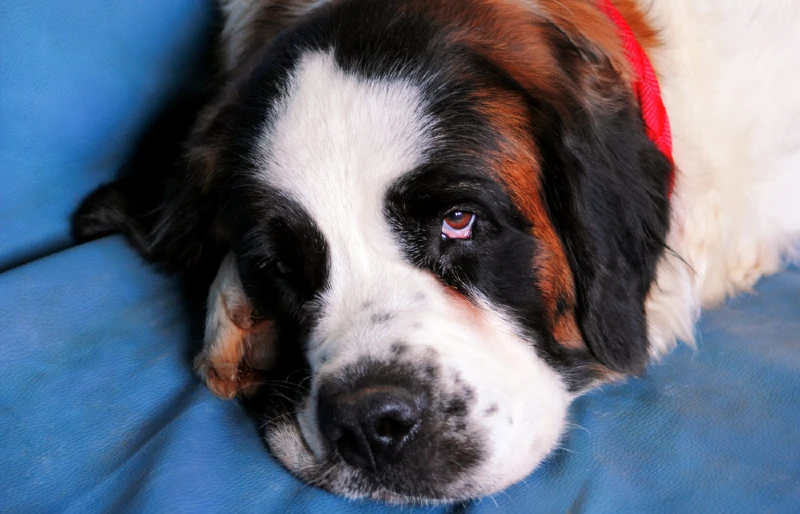
The famous Saint Bernard is known for their rescue work in the Swiss Alps.
A gentle giant of a breed, Saint Bernards are also considered great family dogs if you have the space. They are playful and curious dogs that tend to drool on everything.
16. Shih Tzu
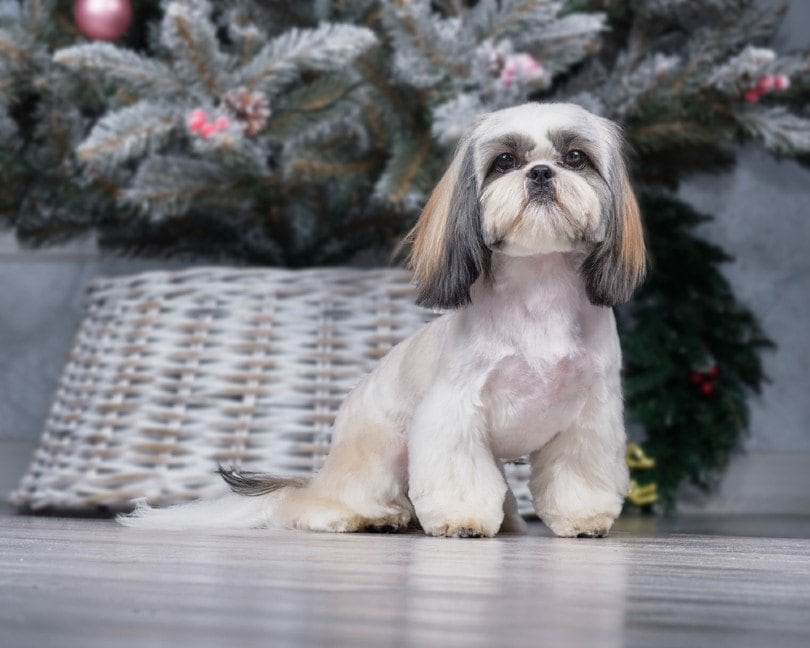
The Shih Tzu is a dog from ancient China that was bred as a royal lap dog. They are affectionate, playful, and social little dogs that get along with almost everyone they meet.
They are also low shedders.

What Is Cherry Eye?
Dogs have three eyelids, while humans have two. The dog’s third eyelid, also known as the nictitating membrane, sweeps across the surface of the eye, protecting and spreading tears over the cornea. The third eye lid gland is behind the third eyelid and normally not visible. When it prolapses, it pops out and is visible as a pink or red swollen lump in the corner of the eye. This is why it’s called “cherry eye.”
What Causes Cherry Eye?
No one really knows the cause of cherry eye but it’s thought that certain breeds have weaker connective tissue attaching the third eyelid gland in place , making it more likely to prolapse.
You may have noticed that many of the dogs on the list are flat faced (brachycephalic). Flat-faced breeds were found to be 6.9 times more likely to develop cherry eye compared to other dogs with medium-sized skulls.
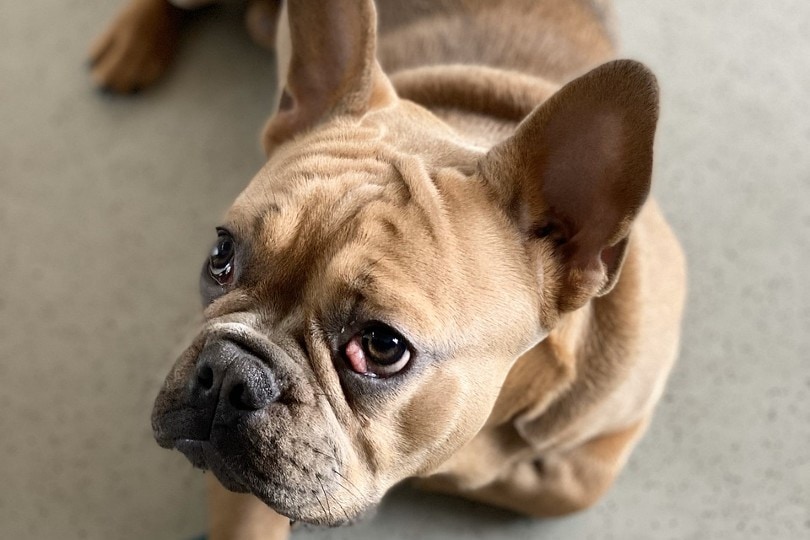
What Are the Signs of Cherry Eye?
The main sign is the pinkish round mass found in the corner of the eye.
- Red eye
- Discharge from the eye
- Rubbing the face and pawing at the eye
While cherry eye isn’t painful, it is uncomfortable and can lead to other issues, such as chronic dry eye and eye ulcers.
What Is the Treatment for Cherry Eye?
Surgery is normally required to return the third eyelid gland to its normal position and help stop the condition recurring.
After surgery, you will likely need to give your dog medication. Typically, a topical antibiotic will prevent eye infections. There will also be an anti-inflammatory medication to reduce inflammation, which will help with the pain.
You’ll need to put an E collar (cone of shame) on your pet while the eye heals so they don’t scratch at the stitches.
It is not recommended to surgically remove the third eyelid gland as it helps make tears. Removing it can lead to the development of dry eye.

Conclusion
Extra-large breeds, small breeds, and flat-faced breeds seem most prone to cherry eye. That said, almost any dog can get cherry eye, and there isn’t any way to predict or prevent it.
If you happen to own a breed that is predisposed to cherry eye, knowing what to look out for can help. Also, talk to your vet, as they can check your dog’s eyes carefully at every annual wellness check.
Featured Image Credit: C_Gara, Shutterstock
Contents
- The 16 Dogs Prone to Cherry Eye
- 1. American Cocker Spaniel
- 2. Beagle
- 3. Bloodhound
- 4. Boston Terrier
- 5. Bulldog
- 6. Cane Corso
- 7. Chinese Shar-Pei
- 8. French Bulldog
- 9. Great Dane
- 10. Lhasa Apso
- 11. Neapolitan Mastiff
- 12. Newfoundland
- 13. Pekingese
- 14. Pug
- 15. Saint Bernard
- 16. Shih Tzu
- What Is Cherry Eye?
- What Causes Cherry Eye?
- What Are the Signs of Cherry Eye?
- What Is the Treatment for Cherry Eye?
- Conclusion

